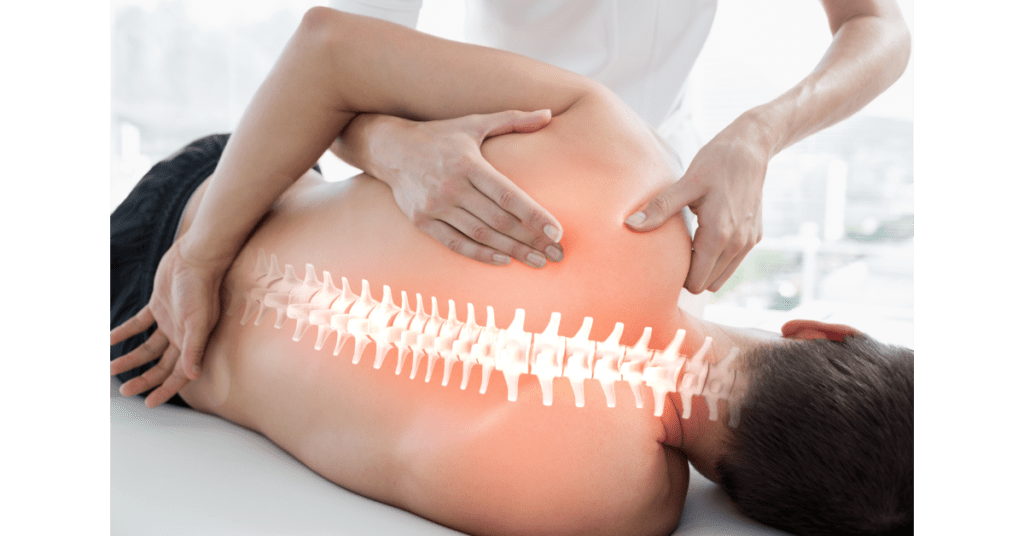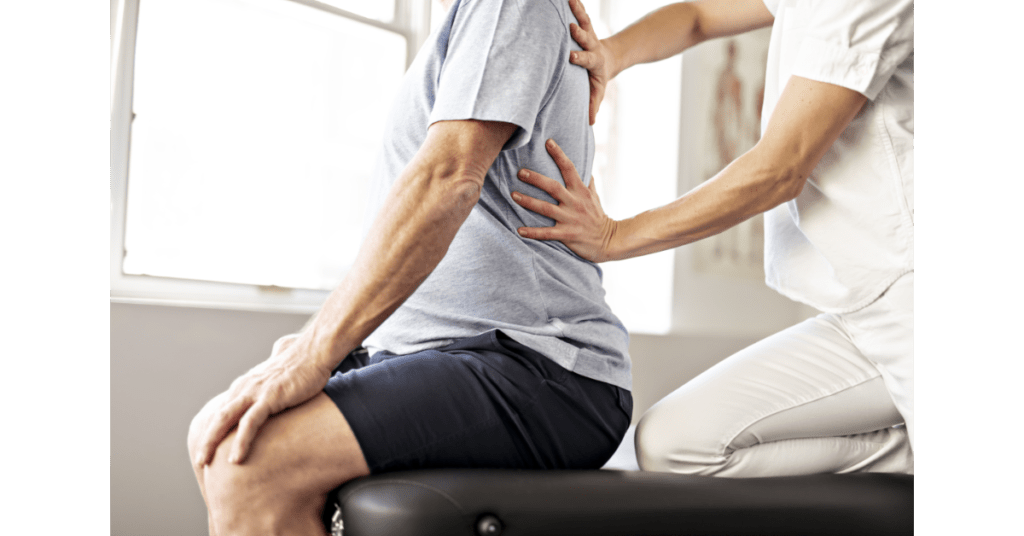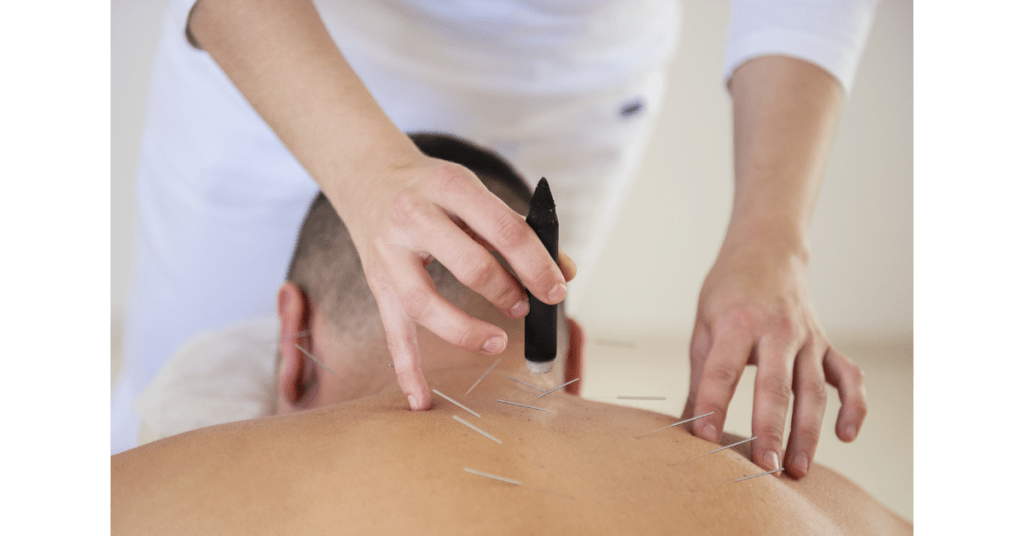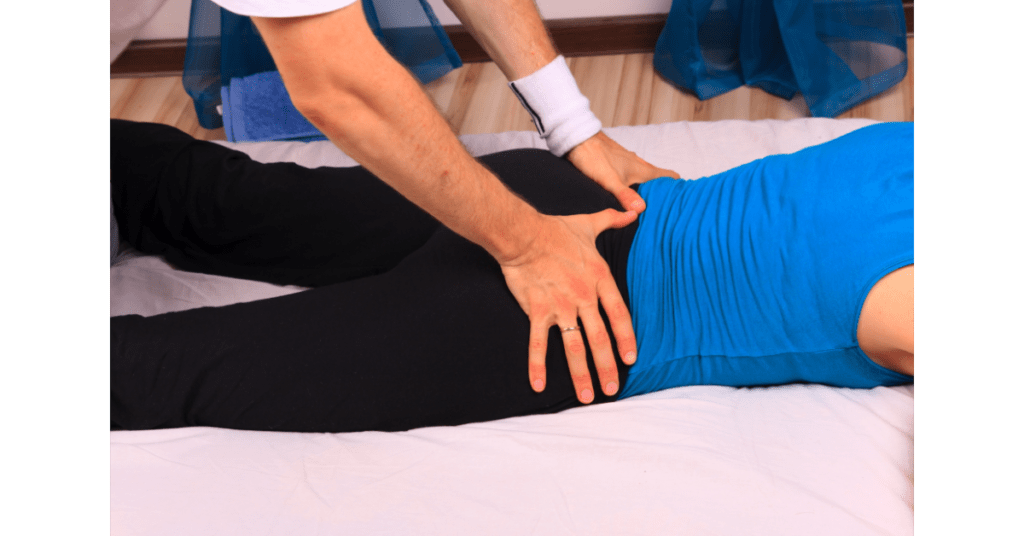What is Elbow Bursitis?

When the olecranon bursa in the elbow becomes painful and gets swollen or inflamed, it is called elbow bursitis. A bursa is a small sack that has synovial fluid that helps reduce friction between tissues and serves as a cushion between muscles, bones, and tendons. It helps lubricate the joints and enables their free movement. Our body has more than 150 bursae and bursitis can happen in different parts of the body. However, most of the time it occurs near joints that perform repetitive movements, such as the hip, shoulder, and elbow.
What Causes Elbow Bursitis?
Long-term repetitive movements or positions, whether at home or at work, that put pressure on the elbow joint, are the most common cause of elbow bursitis. Students often lean on the elbow at a desk for long periods of time and develop this condition. Hence, another name for elbow bursitis is the students’ elbow. However, there are several other risk factors that can cause elbow bursitis. These include previous injury or surgery, trauma, a hard fall or blow to the elbow, bacterial infection, such as septic bursitis, inflammatory autoimmune conditions like scleroderma, lupus, rheumatoid arthritis, and gout. Bone spurs from osteoarthritis, thyroid conditions, and increasing age (although anyone can develop it) are some of the other causes.
What are the signs and symptoms of Elbow Bursitis?
Symptoms of elbow bursitis include pain, tenderness, and swelling around the elbow joint, ligaments, muscles, and bursae. Signs also depend on the cause of the elbow bursitis. Other signs can be a noticeable lump over the elbow, stiffness in the elbow, restricted range of movement, red and warm elbow with fever and chills. If it is caused by infection, there may be no fever. It can also be a sharp shooting pain or pain that worsens with movement or pressure on the elbow.
Are you looking for physiotherapy or a Chiropractor? If Yes, then visit Simply Align Rehab Physio in Scarborough/Toronto or Woodbridge/Vaughan or you can always call or text us for your Physiotherapy or Chiropractor needs in Toronto at (416) 438-3230 or For Physiotherapy or Chiropractor need in Vaughan (Woodbridge) at (905) 638-9840.
How is Elbow Bursitis Treated?
Generally, treatment for elbow bursitis consists of medications, physiotherapy, and surgery. Treatment includes applying ice, resting the elbow, and avoiding activities. Medications consist of non-steroidal anti-inflammatory drugs (NSAIDs) like Advil, Aleve, or Motrin, topical medications like creams, gels, sprays or patches or antibiotics, if the elbow bursitis is due to infection. If the bursa is infected, the swelled bursa may be drained of excess fluid with a needle and syringe and then tested at a lab. If the cause is not due to infection, corticosteroid injections may be administered to relieve pain and inflammation. Surgery or surgical removal of a bursa is rare. If other less invasive treatments are ineffective, surgery becomes necessary and physiotherapy becomes important for rehabilitation. After several months, the bursa usually grows back as a normal bursa.
Physiotherapy is a non-surgical and drug-free procedure that helps in reducing pain and swelling. It also helps in regaining strength, increasing joint function and mobility, and preventing its recurrence. Physiotherapy depends on thorough individual assessment and the cause of the problem. It can include heat and cold therapy based on the PRICE protocol, range of motion exercises, stretching, strengthening, activity modification, functional retraining, a personalized exercise plan, and patient education. Provision of assistive devices like bracing or cross-disciplinary pain-relieving therapies like therapeutic ultrasound, interferential current therapy (IFC), occupational therapy, or acupuncture is also part of physiotherapy. At our clinic we have notice by using Simply Align Technique which includes advance physical modalities, activity modification and specific exercises we have faster, longer lasting results with reduced healing time.
Concerned about symptoms of foot bursitis? Consult a physiotherapist and book an assessment now at 3630 Lawrence Ave E, Scarborough, ON M1G 1P6 or at 200 Marycroft Ave, Unit #6, Woodbridge, ON, L4L 5X9.
Can Elbow Bursitis go away by itself?
Yes. Elbow bursitis can go away by itself with modification in the daily routine and at-home treatments. Treatment consists of applying heat and cold therapy, avoiding tasks that put undue pressure on the elbow, such as lifting heavy weights or picking up, writing, and resting the elbow between repetitive tasks and workouts. Tasks should be resumed only after the pain and swelling are under control. Further, assistive devices like a brace or elbow pad should be worn to cushion the elbow. Nevertheless, it is possible to have repeated flare-ups. If these measures are not able to resolve the problem, it is best to consult a physiotherapist and ask for a personalized treatment plan.
Can You Prevent Elbow Bursitis?
If you follow certain steps, the chances of developing elbow bursitis can be prevented or reduced. Regular exercises, particularly stretching exercises like tai chi or yoga for 30 minutes a day, warming up before playing sports and cooling down afterward, warming up before exercising, following an anti-inflammatory diet by avoiding refined and processed foods and sugar, and maintaining a healthy weight that puts less strain on the joints and increases mobility and energy.




